Welcome back to my Croatian travel diary! Have you ever forded to a sea island? I experienced this firsthand (well, rather firstfoot) two months ago. Croatia, with its coastline sprawling across the Adriatic Sea, boasts over 1,000 islands. Most of these are uninhabited today, but many bear the relics of a vibrant Balcan past. Among these is the island of Zečevo, a small piece of land separated from the mainland by a slender strait that was transformed into a ford. Yes, it is the very first sea ford I have encountered. As the tide barely alters the sea level in the Mediterranean area, you're guaranteed to get your feet wet, but even at high tide, the water would reach no higher than your knees. Once I learned of this place, I knew I had to see it, especially with its church shrouded in legends.
Vítejte zpátky u mého chorvatského cestovatelského deníčku. Už jste se někdy přebrodili na ostrov v moři? Já si tohle na vlastní kůži zažil na konci května v Chorvatsku. Asi víte, že nejoblíbenější česká prázdninová destinace se může pochlubit více než tisícovkou ostrovů o ostrůvků. Většina není obývaná, ale na mnoha jsou dodnes patrné relikty divoké balkánské historie. Mezi nimi je i Zečevo, malý kousek země oddělený od pevniny uzoučkým průlivem. A z toho je dnes brod. Rozdíly mezi přílivem a odlivem jsou ve Středomoří spíš symbolické, a tak suchou nohou neprojdete, ale voda vám těžko bude sahat výš než někam po kolena. Jakmile jsem se o mořském brodu dozvěděl, bylo jasné, že si ho nenecháme ujít. Tím spíše, že je tu legendami opředený kostel.

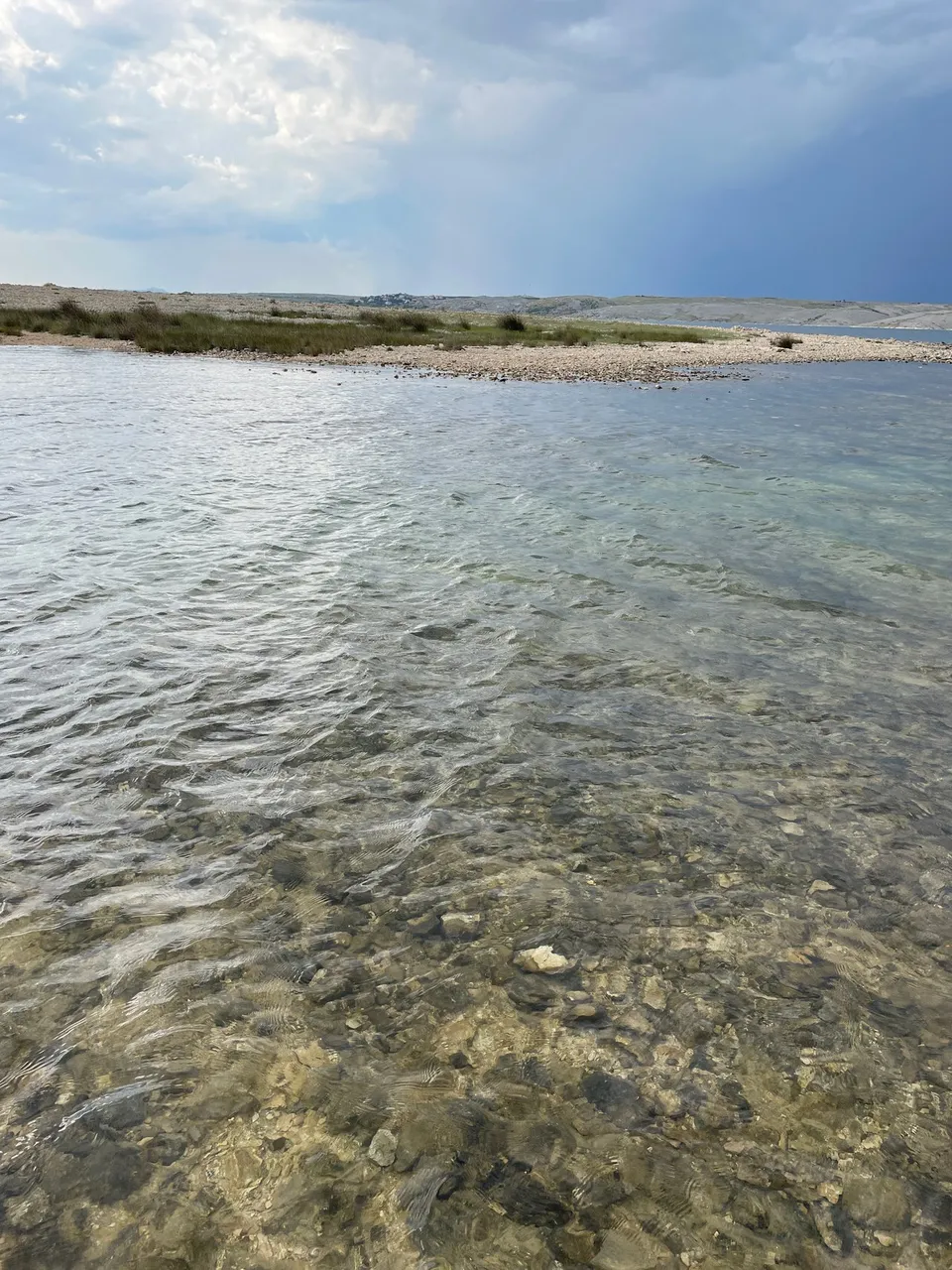
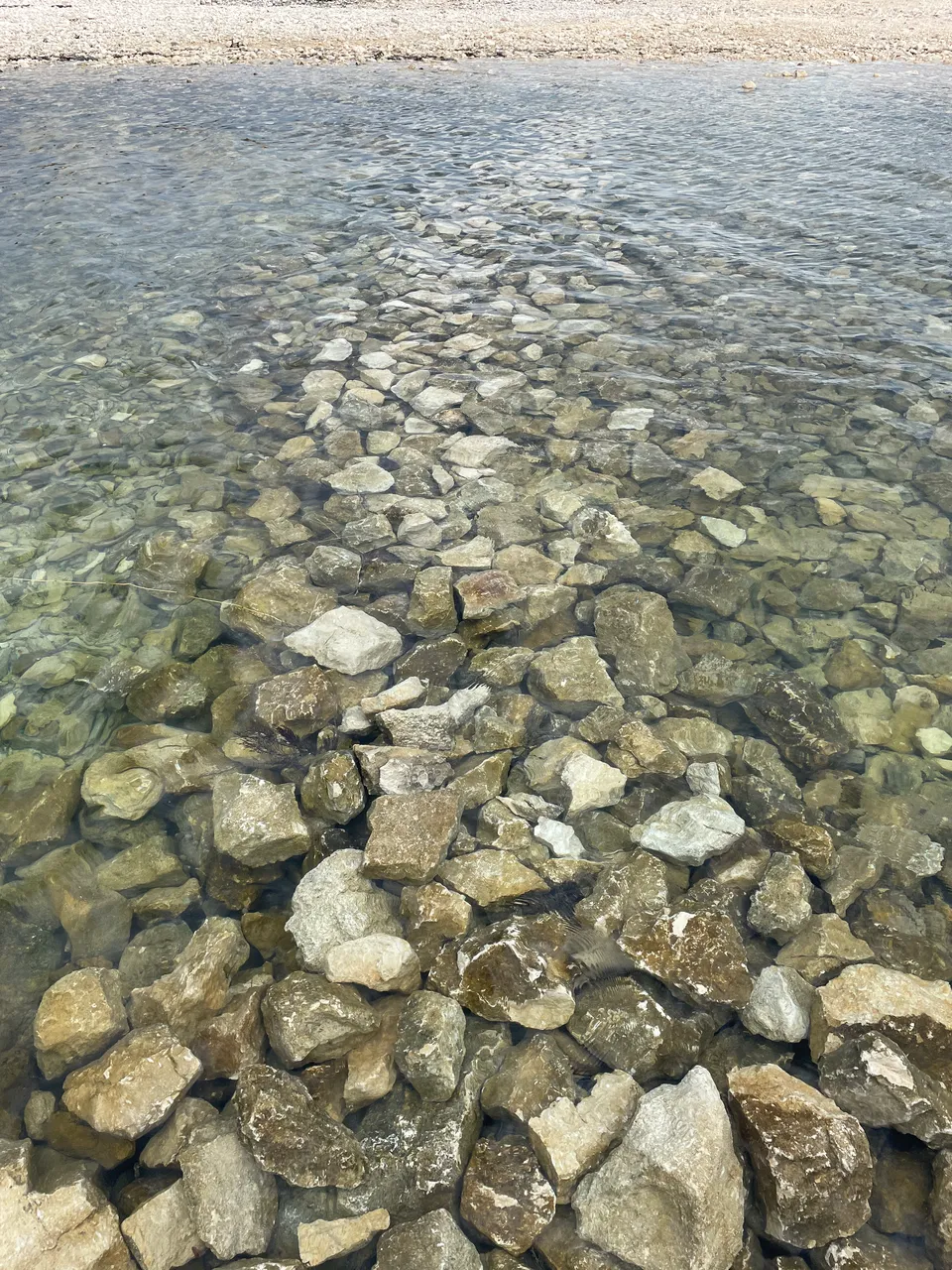
According to our host, Zečevo translates to "belonging to rabbits" in Croatian. The island hosts the church Crkva Gospa od Zečeva or the Church of Our Lady of the Hare. Our Lady of the Hare is a statue of the Virgin Mary safely sealed within the inaccessible church, so I was unable to see it (despite scaling the fence and trying to sneak a peek). But before I take you to the church, let's briefly sum up its history and legend.
Podle našeho hostitele se Zečevo dá přeložit jako "zaječí". A na ostrově je Crkva Gospa od Zečeva, tedy asi kostel Panny Marie Zaječí, což je socha, která je dnes bezpečně zamčená v nepřístupném kostele. Neviděl jsem jí, ani když jsem přelezl plot a zkusil nakouknout dovnitř. Ale než vás vezmu až ke kostelu, pojďme si projít historii a legendu.
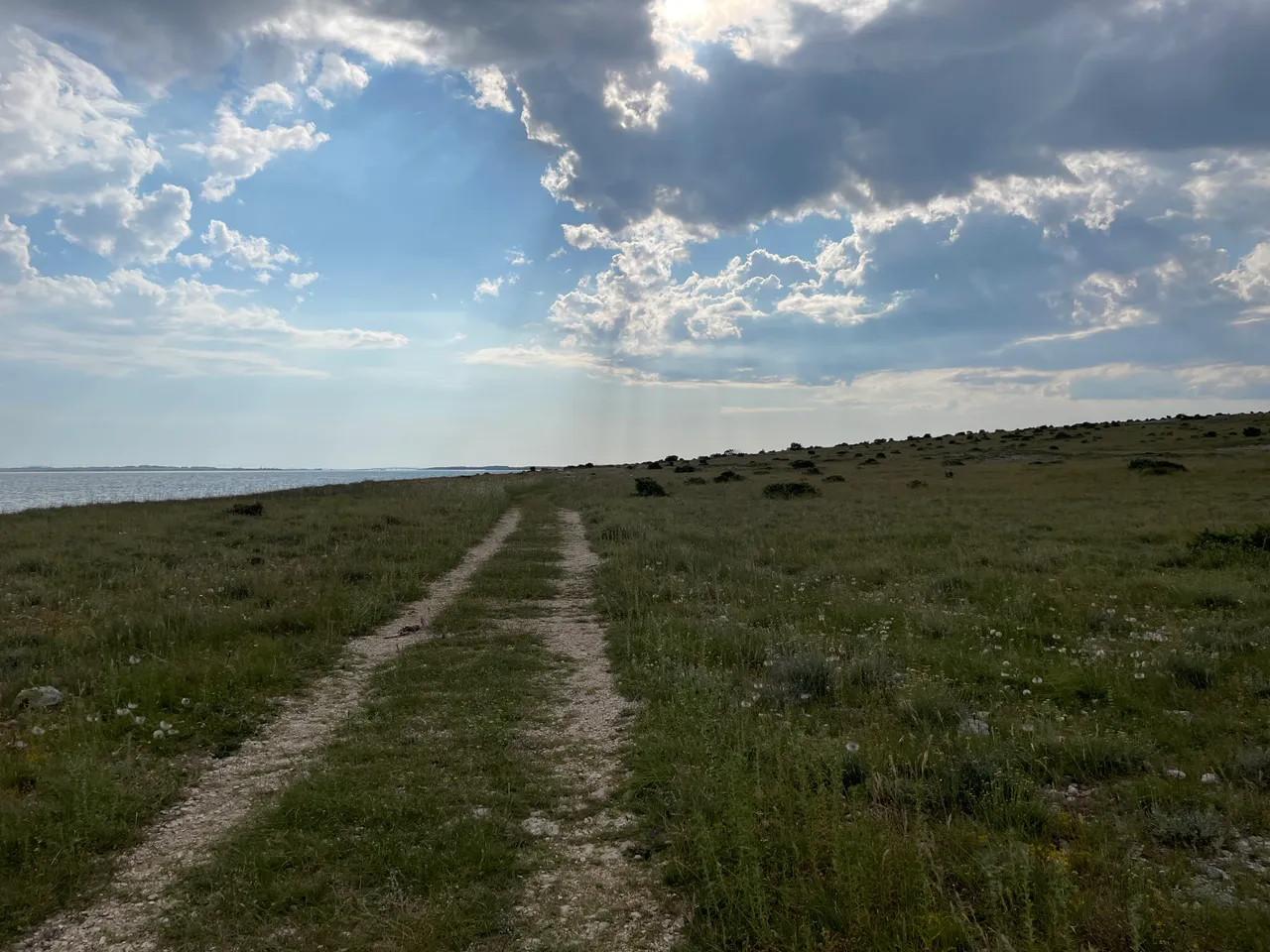
The path to the church.
Christian monks had reportedly dwelled on the island since the early 14th century. They carried out their monky business (yeah, sure, it's monastic business, but monky business sounds way better) peacefully until the Turkish invasion of Dalmatia in the 15th century. Following the Turkish triumph at the Battle of Krbava in 1493, the invaders reached northern Dalmatia, which included the Nin region (see my recent post about Nin, one of the oldest Croatian cities). In 1500, after suffering minor defeats along the coast, the Turks retaliated against the Zečevo monastery, massacring all monks and demolishing their chapel. The statue of Our Lady of the Hare was seized and cast into the sea. Call it a miracle, destiny, or a mere coincidence, yet the statue found its way to Nin, where it was retrieved from the sea.
Na ostrově prokazatelně pobývali křesťanští mniši od počátku 14. století. Až do turecké invaze do Dalmácie ve století 15. si mniši hleděli svého. Po bitvě na Krbavském poli v roce 1493 se Turci dostali až k Ninu (viz můj nedávný post o jednom z nejstarších chorvatských měst). A když pak utrpěli několik menších porážek na pobřeží Jadranu, vybili si zlost na místním klášteře. Zmasakrovali mnichy, zničili kapli a sochu Panny Marie hodili do moře. Ať už to byl zázrak, osud nebo jen souhra okolností, socha odplavala do Ninu, kde byla z moře vytažena.
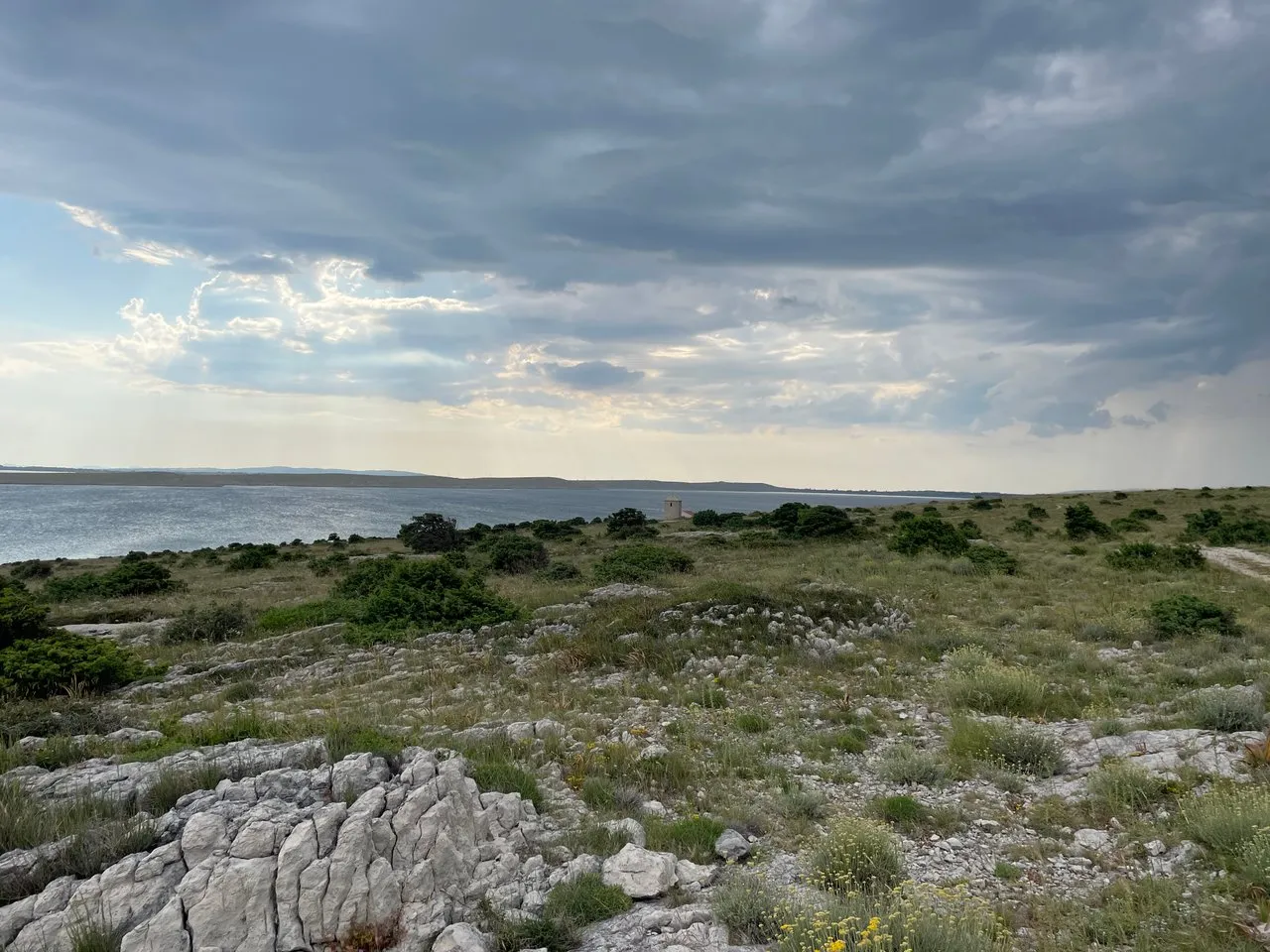
To ensure her chapel's reconstruction, Our Lady of the Hare appeared in a vision to the woman who had saved the statue, instructing her to fast on Mondays and inform others of her wish to have the chapel rebuilt. Apparently, refusing a saint's request isn't an option. So the good woman adhered to the instructions, and the chapel was soon rebuilt. Despite being damaged several times during various wars, it still stands.
Panna Marie Zaječí hodně stála o to, aby byla její kaple obnovena, a tak se zjevila ženě, která sošku vytáhla. Nařídila jí, aby se každé pondělí postila, a aby dala vědět ostatním, že kaple má být znovu vystavěna. Světici se asi nedá říct ne, a tak dobrá žena poslechla. Netrvalo dlouho, a kaple na ostrově znovu stála. Poškozena byla ještě několikrát v jiných válkách, ale stojí dodnes.
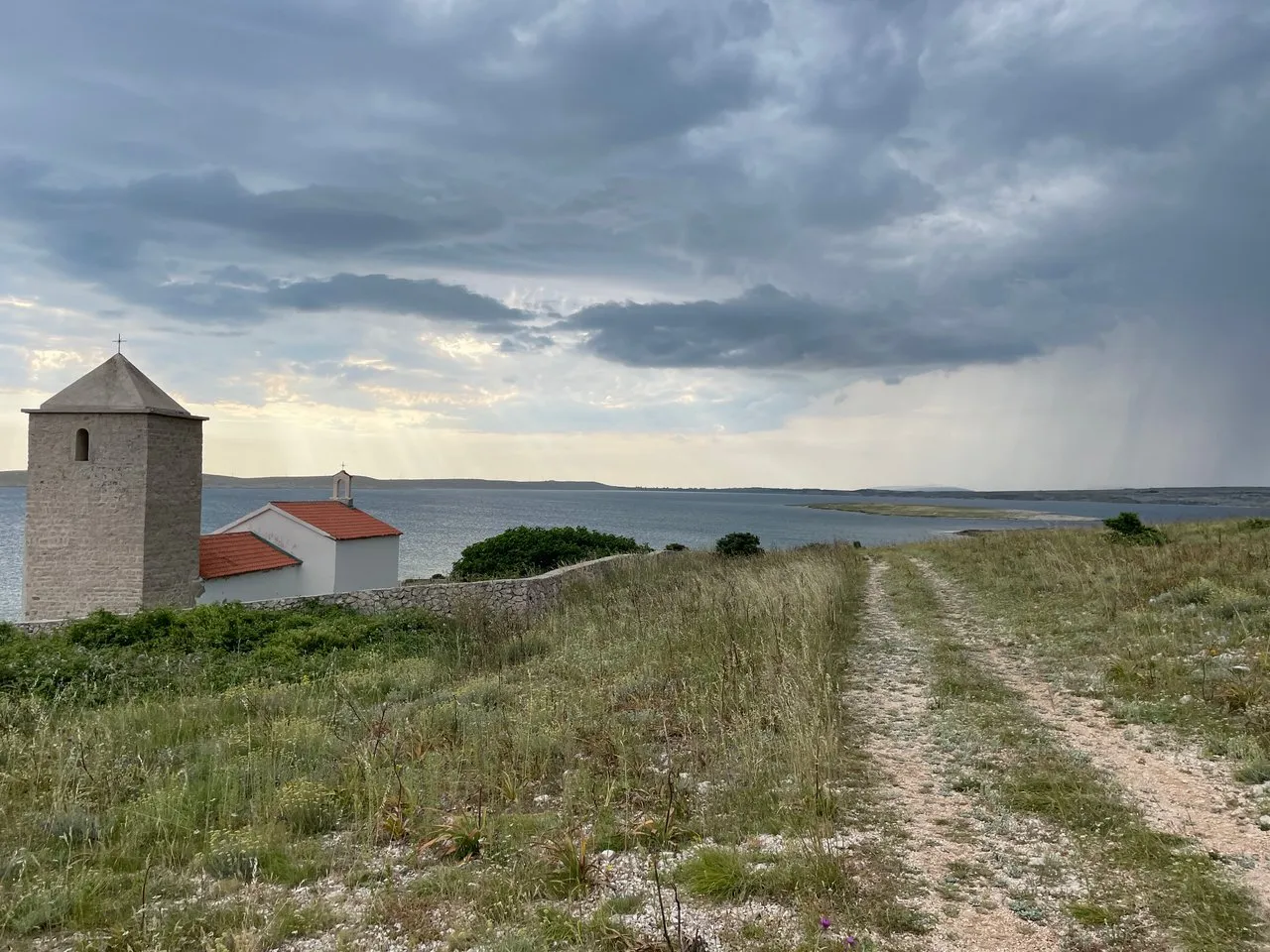
In honor of the statue's famous sail (or perhaps 'swim'?) from Zečevo to Nin, the locals hold an annual procession. Quite appropriately, it's a sailing procession from Nin to the island on traditional small vessels.
Na počest slavné plavby sochy ze Zečeva do Ninu se každý rok koná procesí. Tedy procesí, ve skutečnosti je to plavba z Ninu na ostrov na tradičních lodičkách.
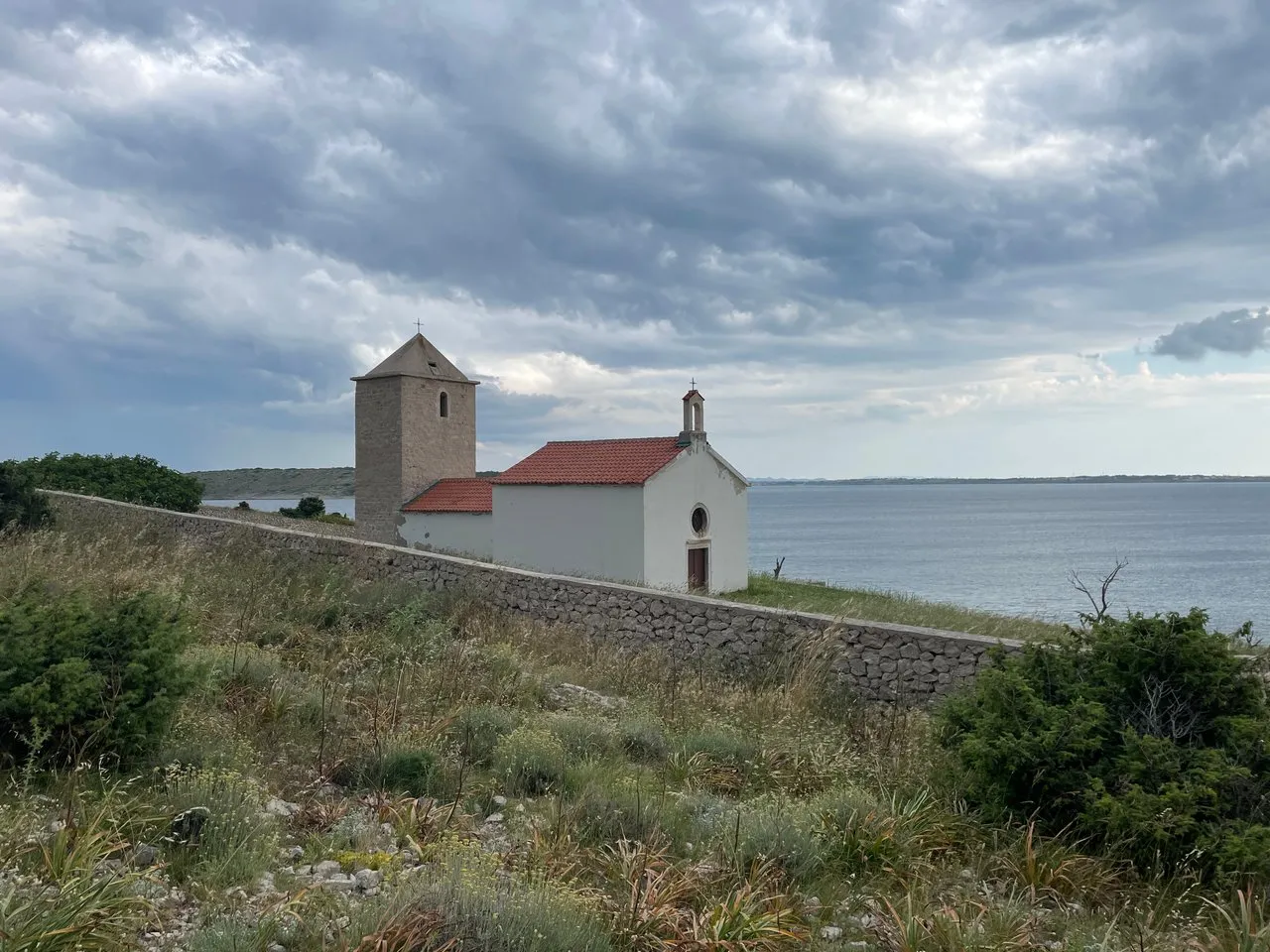
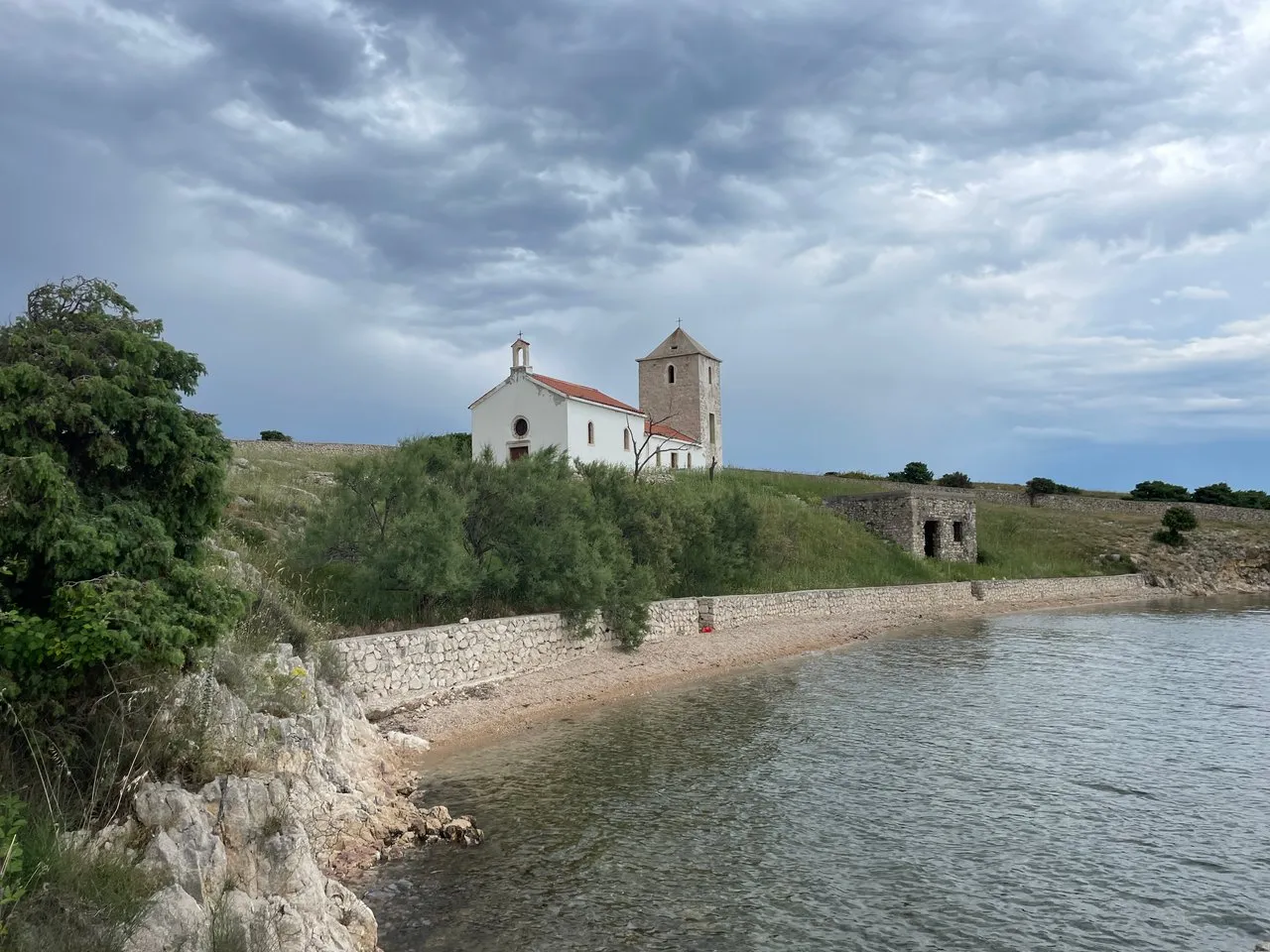
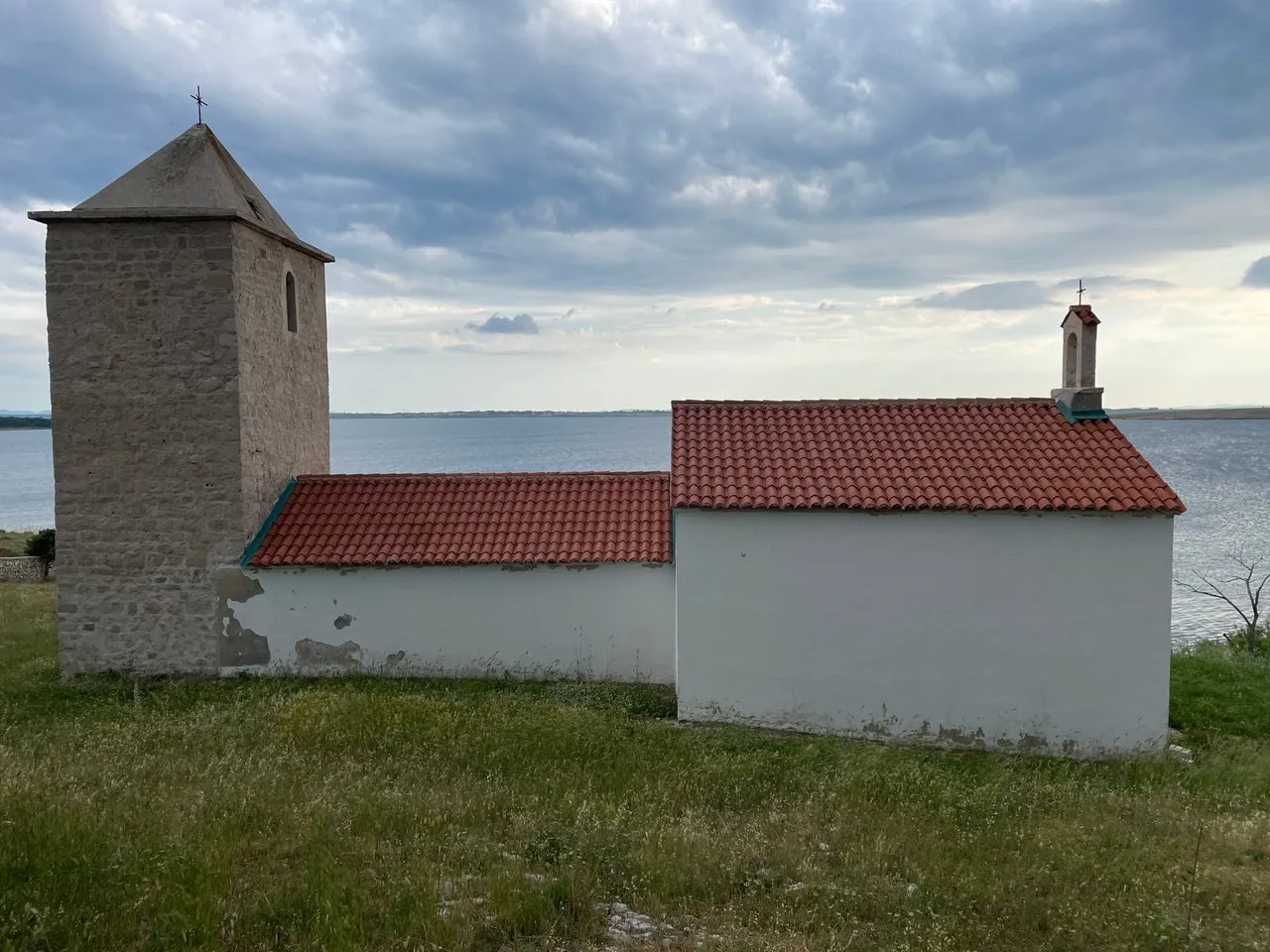
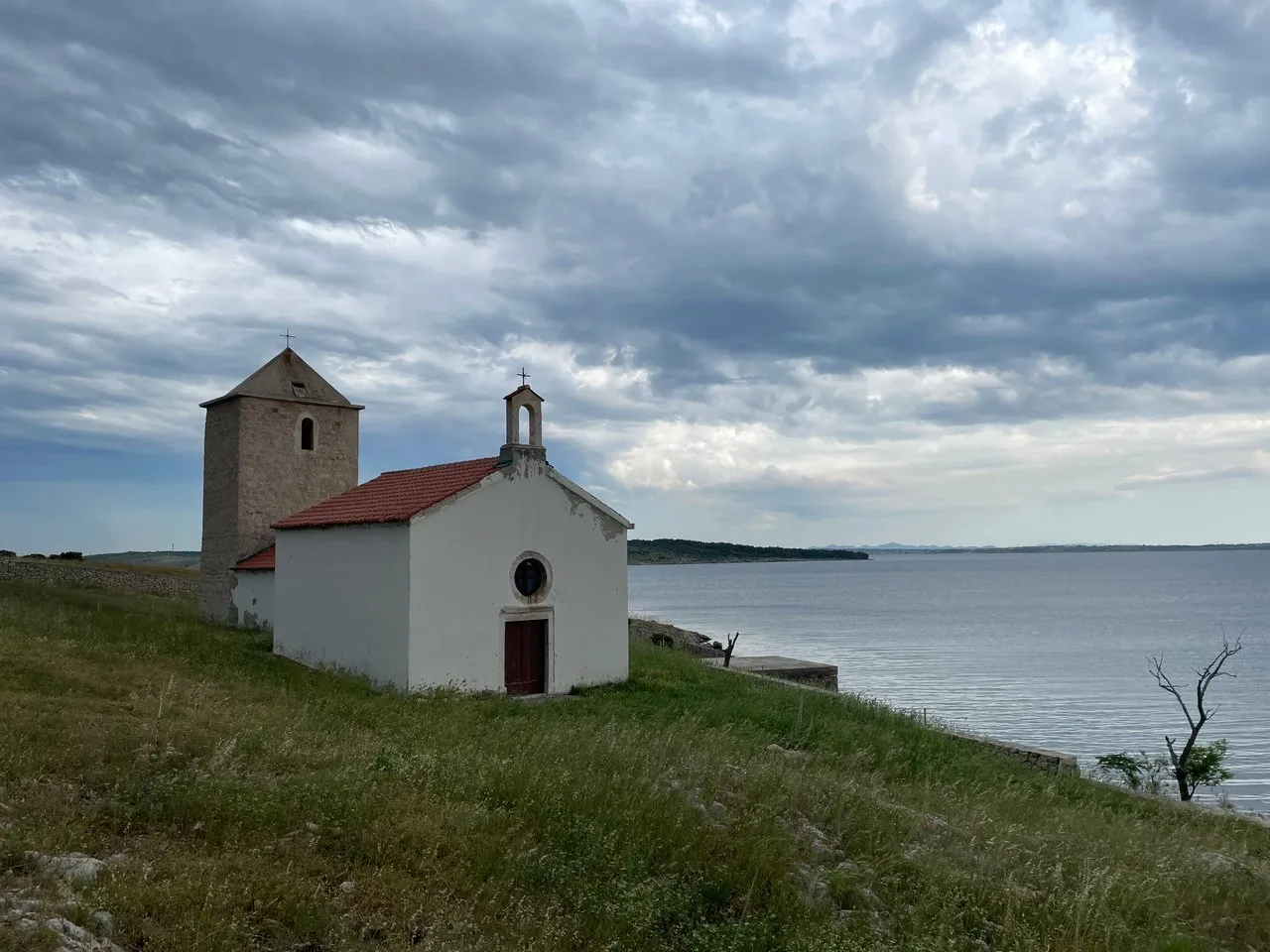
Since we couldn’t visit the church, we spent some time swimming by its pier which serves for the processions. It was more than pleasant as we didn't encounter a single soul at the island.
A když už jsme si nemohli prohlédnout kostel, alespoň jsme si zaplavali u mola, které slouží procesí. Bylo to fajn, ostrov byl totiž úplně liduprázdný.
